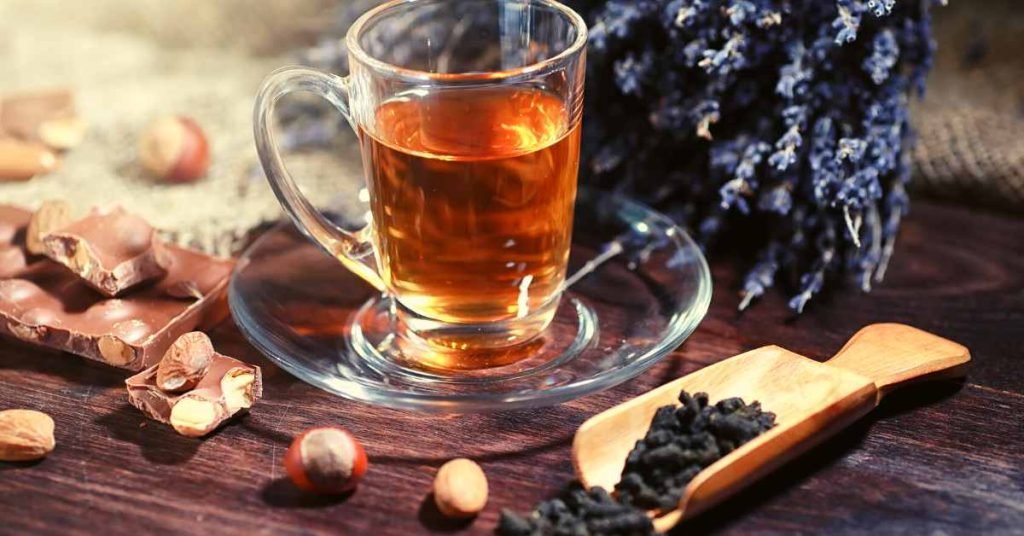Tea, one of the most popular and cherished beverages around the world, comes in a vast array of types and flavors.
Two prominent categories of tea production methods are Orthodox and CTC (Crush, Tear, Curl).
In this article, we will explore the key differences between Orthodox and CTC teas, including their production methods, flavor profiles, and brewing techniques.
What Is Orthodox Tea?

Orthodox tea refers to a traditional and artisanal method of tea production, which focuses on preserving the natural flavors and characteristics of the tea leaves.
This method is commonly used for premium tea varieties like white, green, oolong, and black teas.
Production Process
Plucking: The process begins with carefully hand-picking the tender tea leaves, usually comprising the top two leaves and a bud.
Withering: The freshly plucked leaves are spread out to wither, allowing excess moisture to evaporate naturally. This step enhances the tea’s flavor and aroma.
Rolling: The withered leaves are gently rolled, either by hand or using rolling machines. This step promotes oxidation, which is crucial for black tea production but is limited for green and white teas.
Oxidation: Black teas undergo a complete oxidation process, while oolong teas experience partial oxidation. Green and white teas are minimally oxidized or not oxidized at all.
Drying: The final step involves drying the processed leaves to halt oxidation and reduce moisture content. This step ensures the preservation of the tea’s natural flavors.
Characteristics and Flavor

Orthodox teas are known for their whole-leaf appearance, with leaves that are long and intact, often exhibiting unique shapes.
These teas offer a wide range of flavors, from delicate and floral to robust and malty, depending on the type.
Orthodox teas are often preferred by connoisseurs who appreciate the subtleties and nuances in each cup.
What Is CTC Tea?
CTC tea (crush-tear-curl), on the other hand, represents a modern and mechanized method of tea production that focuses on efficiency, consistency, and strong flavors.
CTC teas are primarily used for tea bags and masala chai blends.
Production Process

Cutting: Unlike orthodox teas, CTC teas involve the use of mechanical tea cutters that shred the tea leaves into uniform small pieces.
Tearing: The cut leaves are further torn into smaller fragments to enhance the surface area, allowing for a quicker extraction during brewing.
Curling: The shredded leaves are curled by mechanical rollers, which imparts a characteristic appearance to CTC teas.
Fermentation and Drying: After curling, the tea undergoes a fermentation process followed by drying, which completes the production cycle.
Characteristics and Flavor
CTC teas are distinct for their granular appearance and consistency in size.
The resulting small tea particles produce a robust, full-bodied infusion with a rich color and strong flavor.
These teas are often favored for their ability to quickly release their flavor when steeped, making them ideal for producing strong tea blends and teas with milk and spices.
Brewing Techniques

To bring out the best in each type of tea, it is essential to follow the appropriate brewing techniques.
Orthodox Tea
Water Temperature: Generally, green and white teas are brewed at lower temperatures (70-80°C or 160-180°F), while black and oolong teas require higher temperatures (90-95°C or 195-205°F).
Steeping Time: Steeping times vary based on the type of tea. Green and white teas typically require 2-3 minutes, while black and oolong teas may need 3-5 minutes.
Infusion Method: It is recommended to use a tea infuser or a teapot with a strainer to allow the tea leaves to expand fully and infuse evenly.
CTC Tea
Water Temperature: CTC teas can withstand higher temperatures. Boiling water (100°C or 212°F) is typically used for brewing CTC teas.
Steeping Time: CTC teas have a faster infusion time, typically around 2-3 minutes. Adjust steeping time based on personal preference for strength.
Infusion Method: CTC teas work well in tea bags or infusers with fine mesh to prevent small tea particles from escaping.
Final Word

Orthodox and CTC teas represent two distinct methods of tea production, each with its own unique characteristics and flavor profiles.
While Orthodox teas emphasize the artistry and preservation of natural flavors, CTC teas offer efficiency and consistency with their strong and robust brews.
Whether you prefer a delicate cup of fine tea or a bold blend, exploring both Orthodox and CTC teas can be an exciting journey into the diverse world of tea.
MEDICAL DISCLAIMER
Itsnevernotteatime.com cannot and does not contain medical/health advice. The medical/health information is provided for general and educational purposes only and is not a substitute for professional advice.




